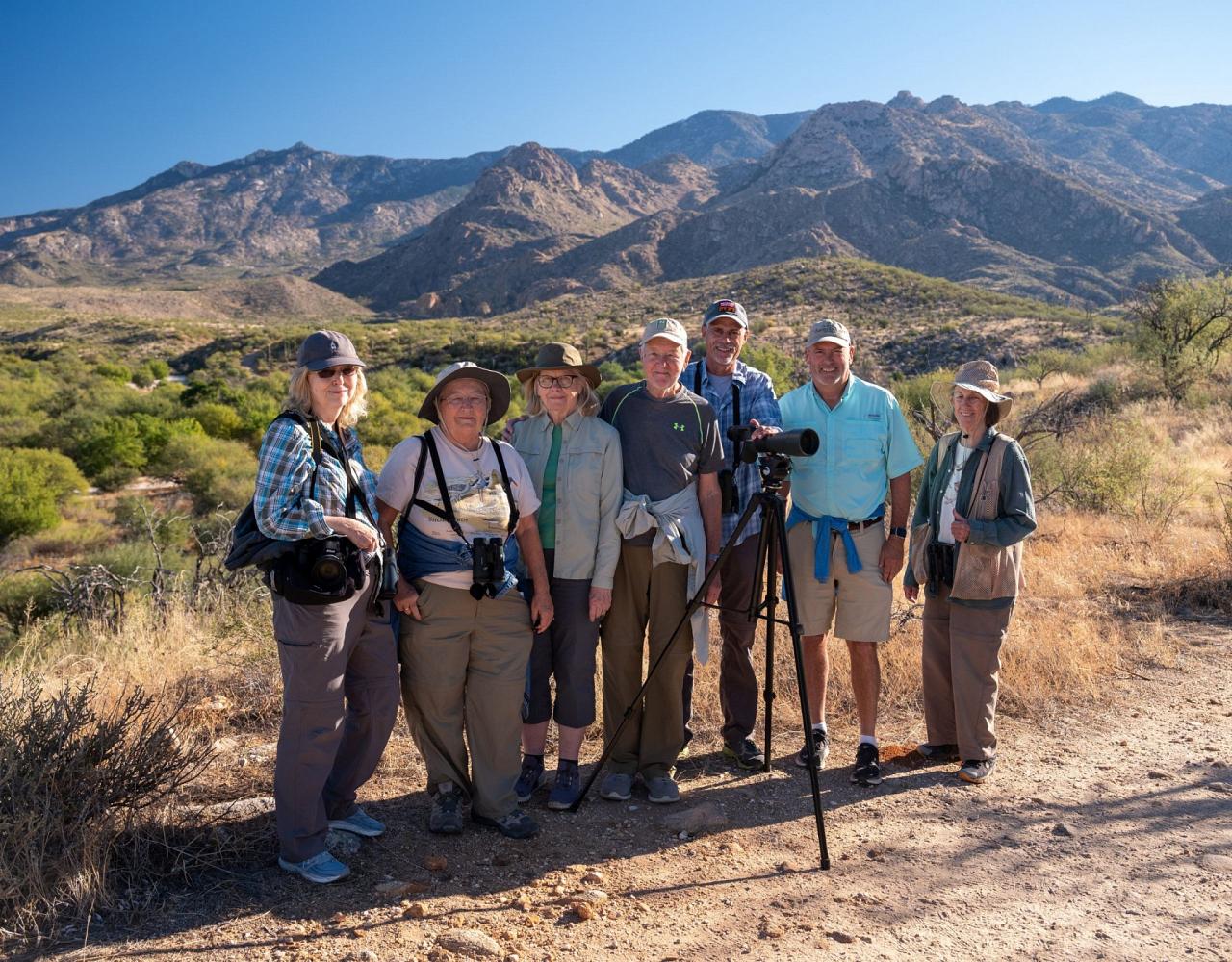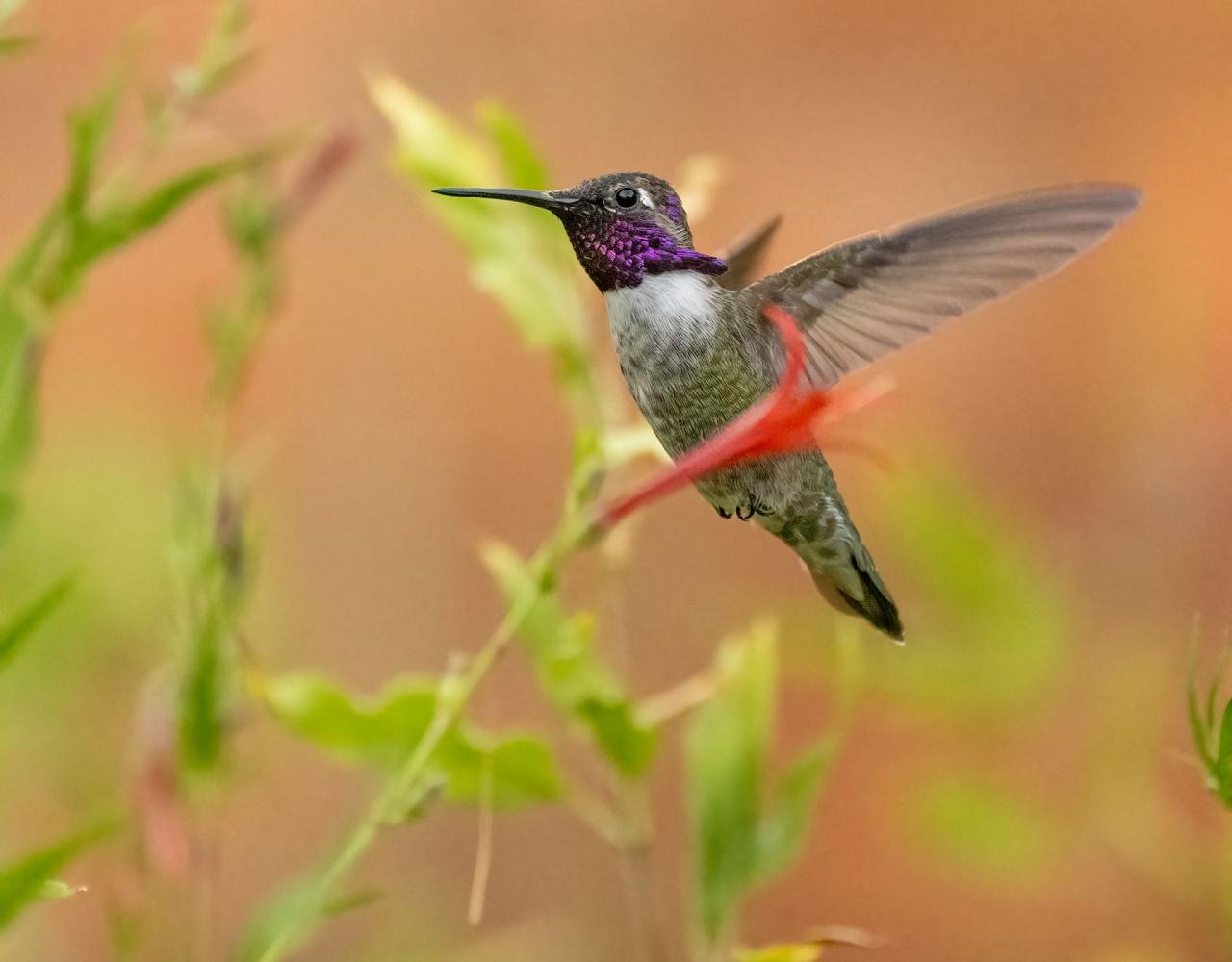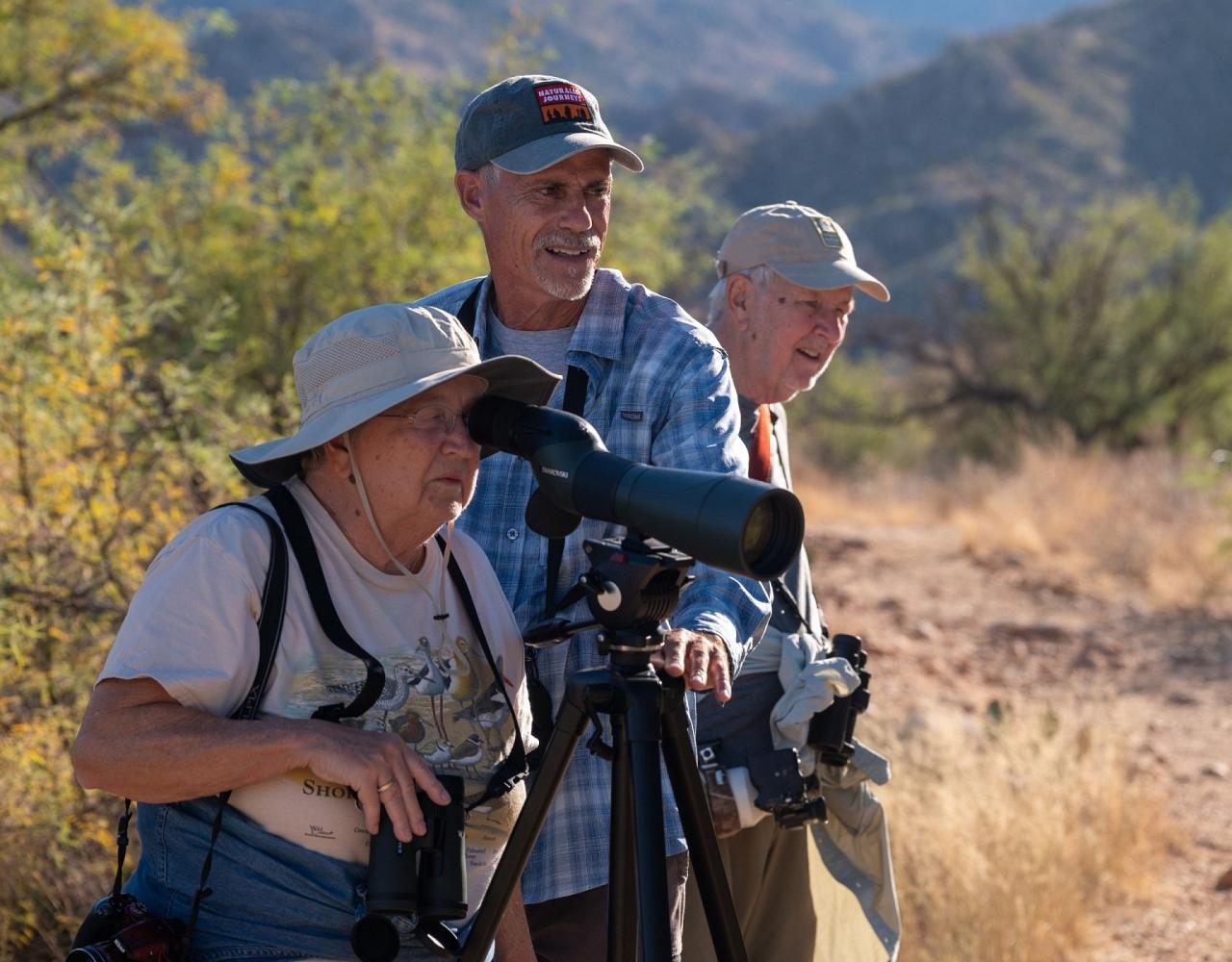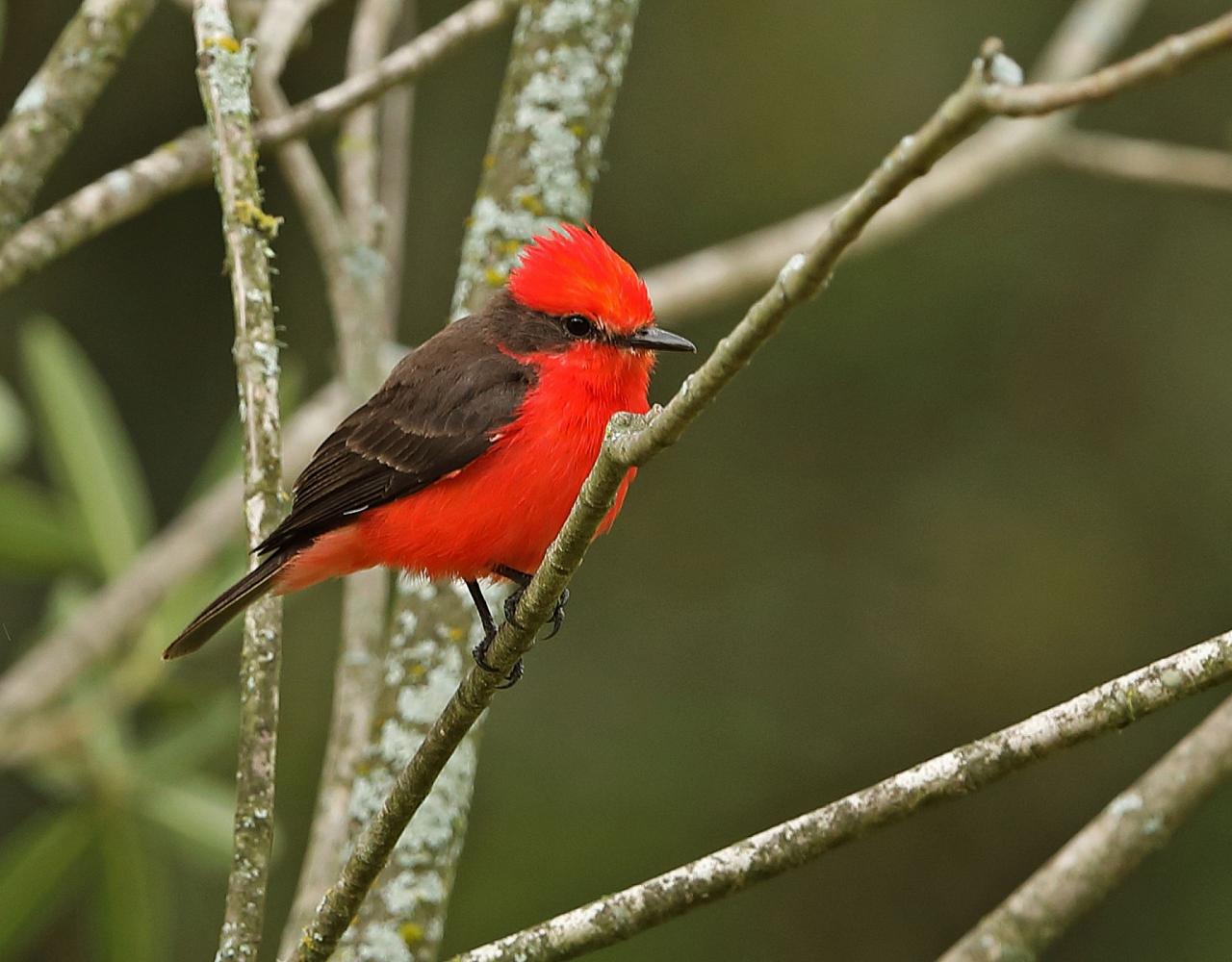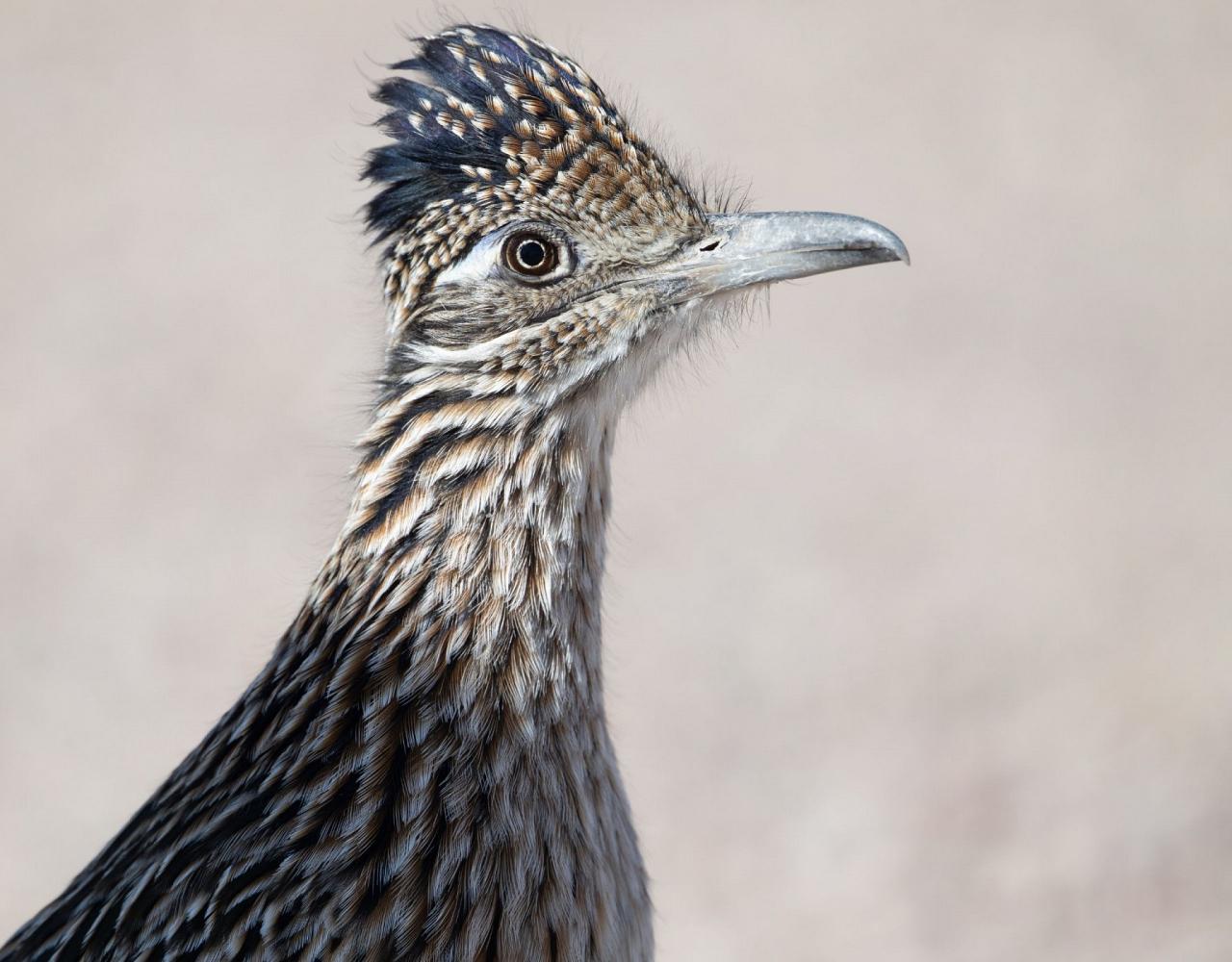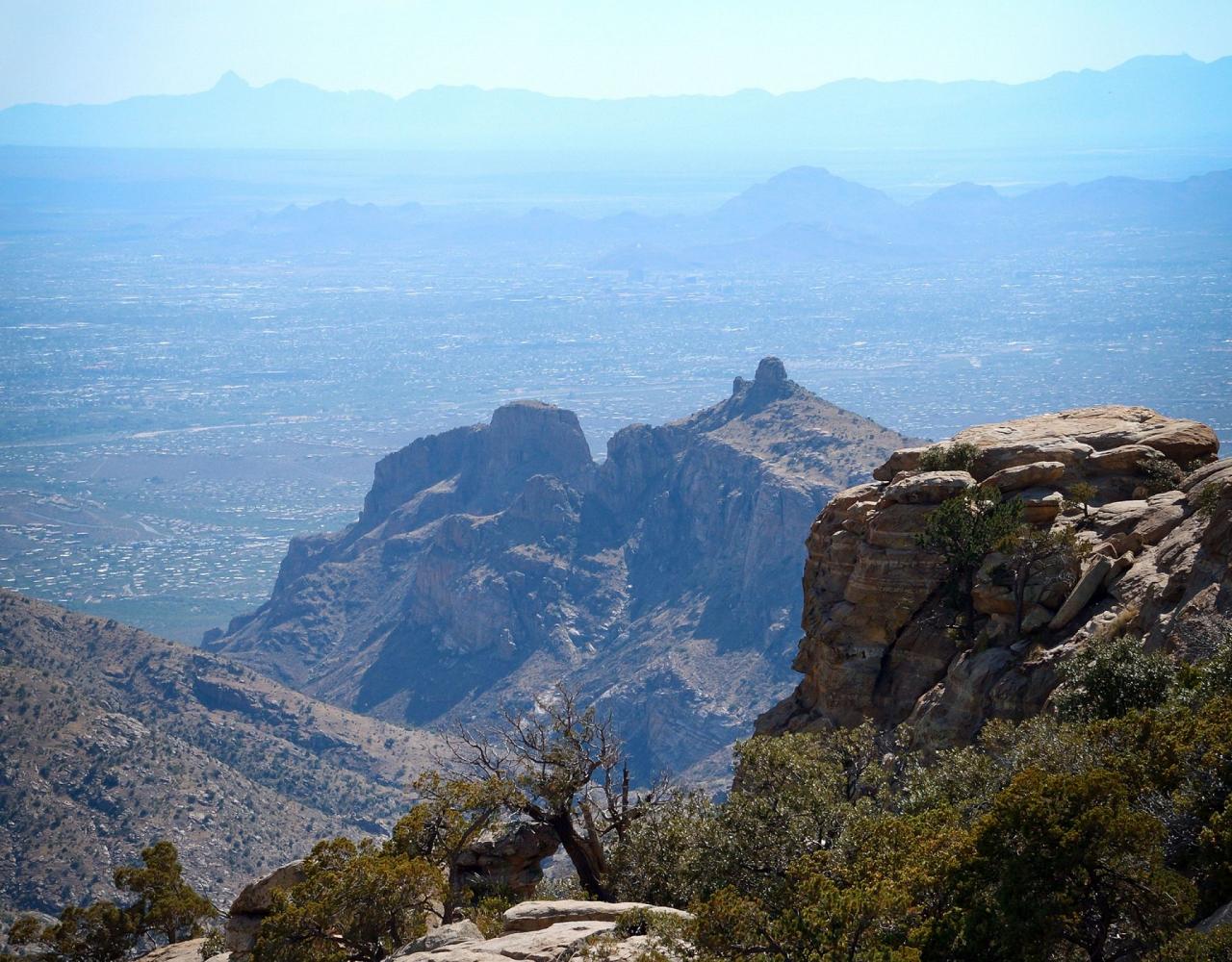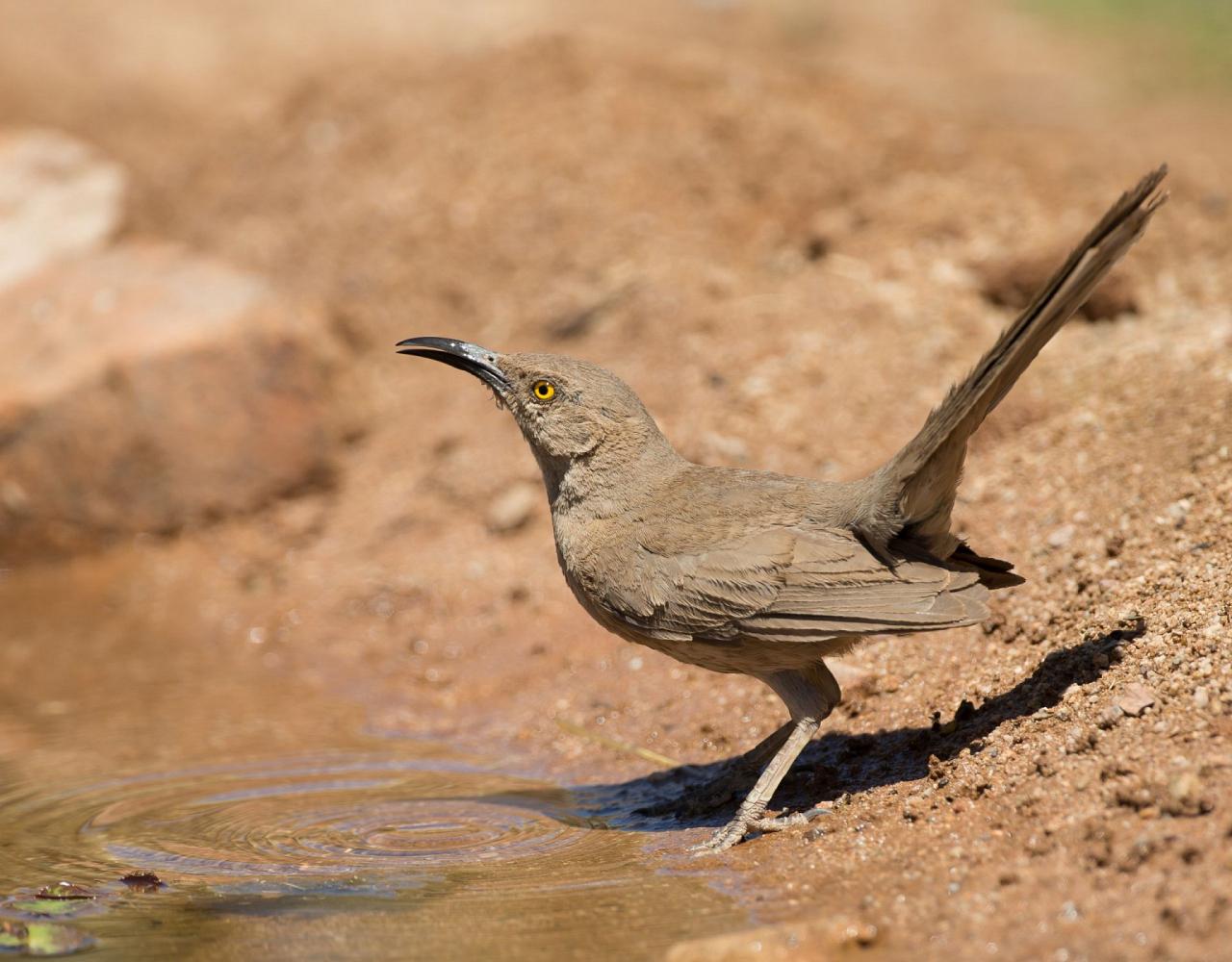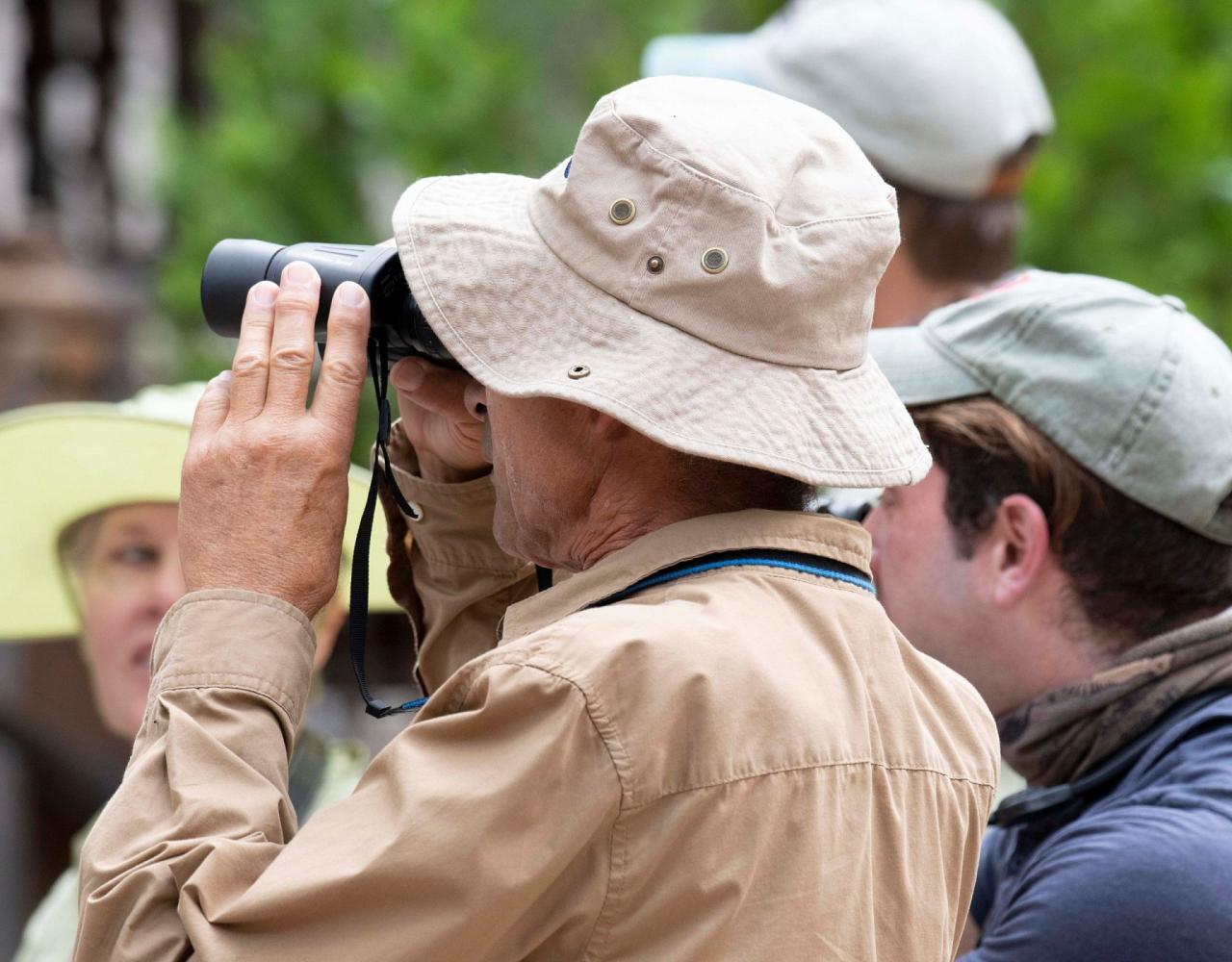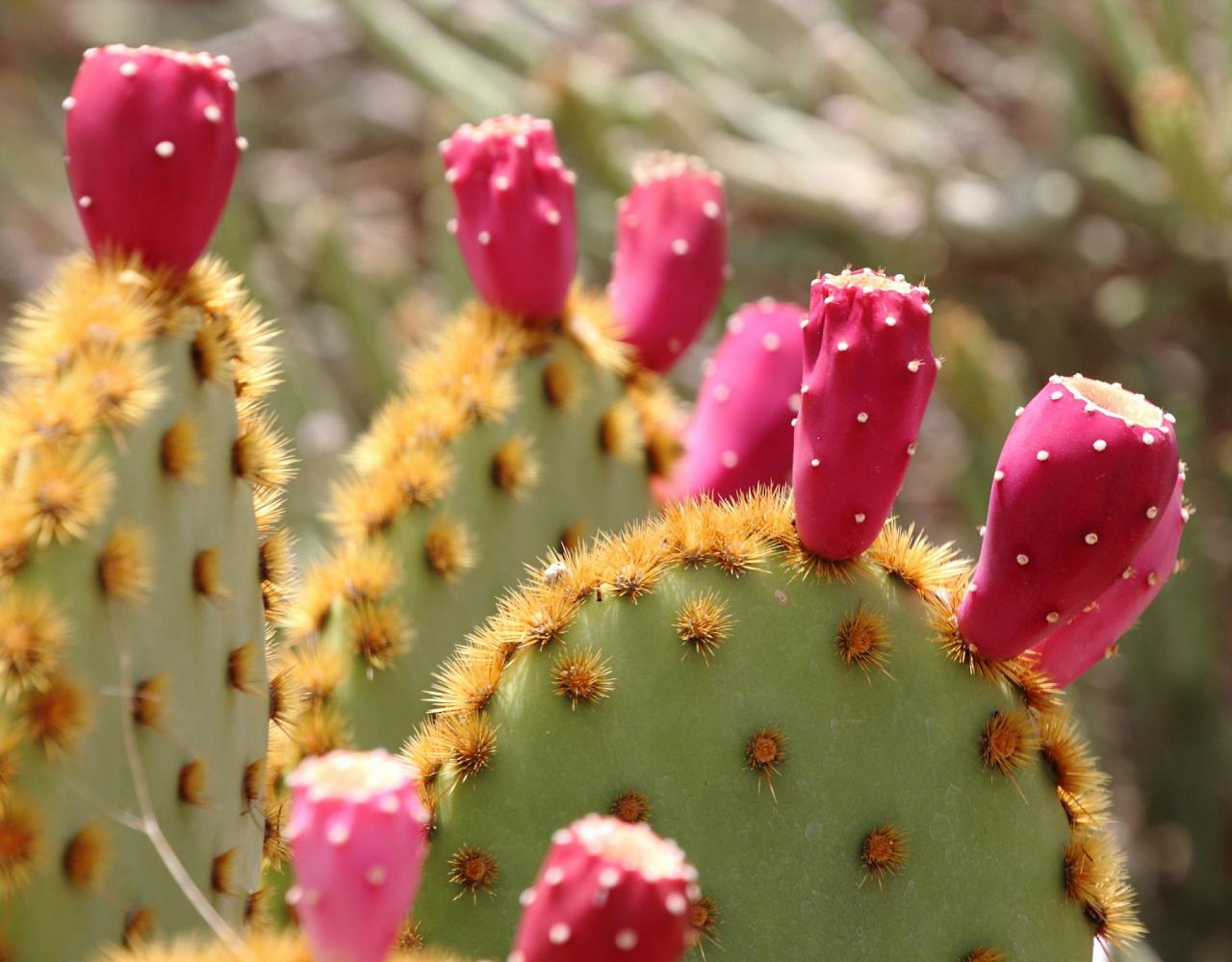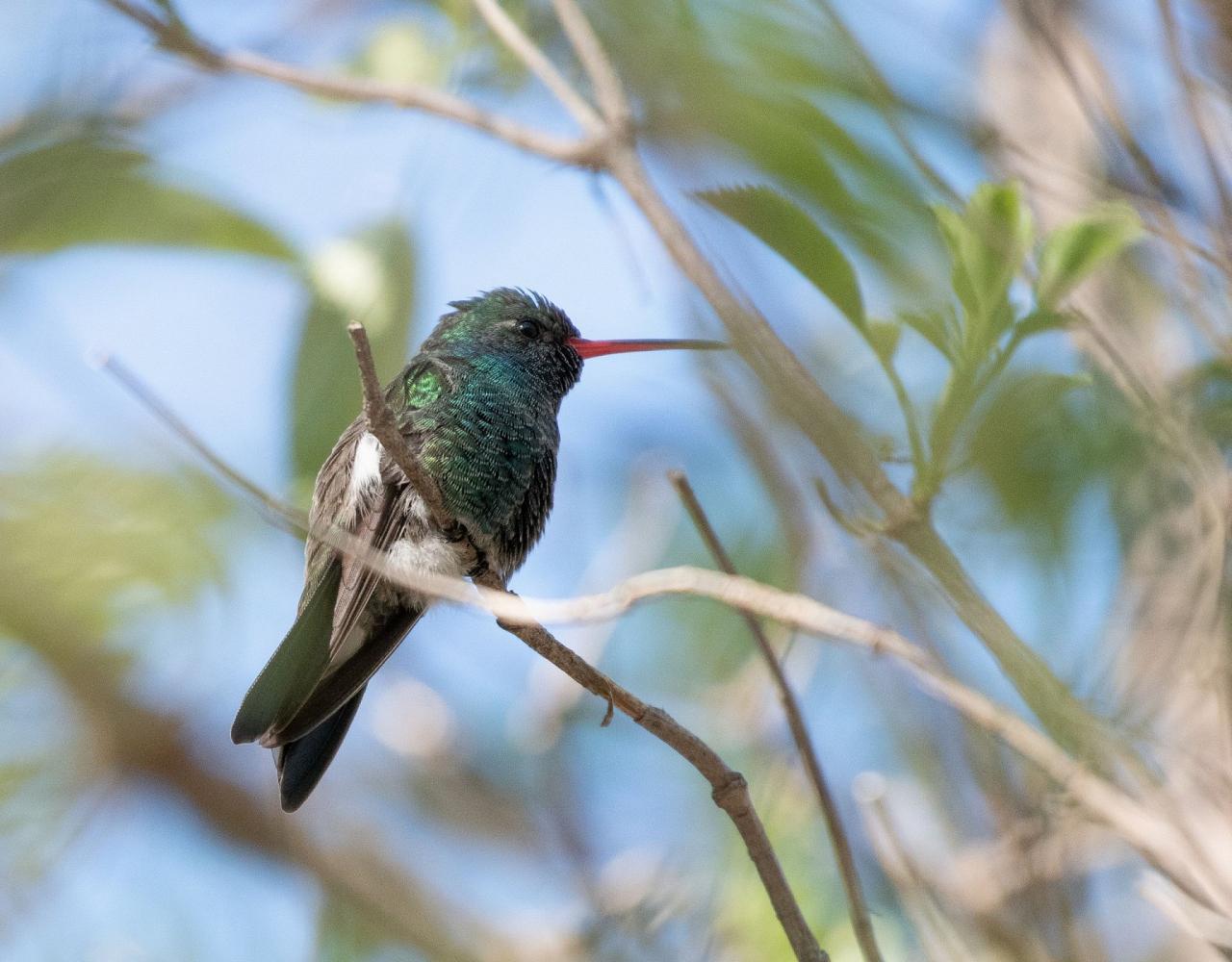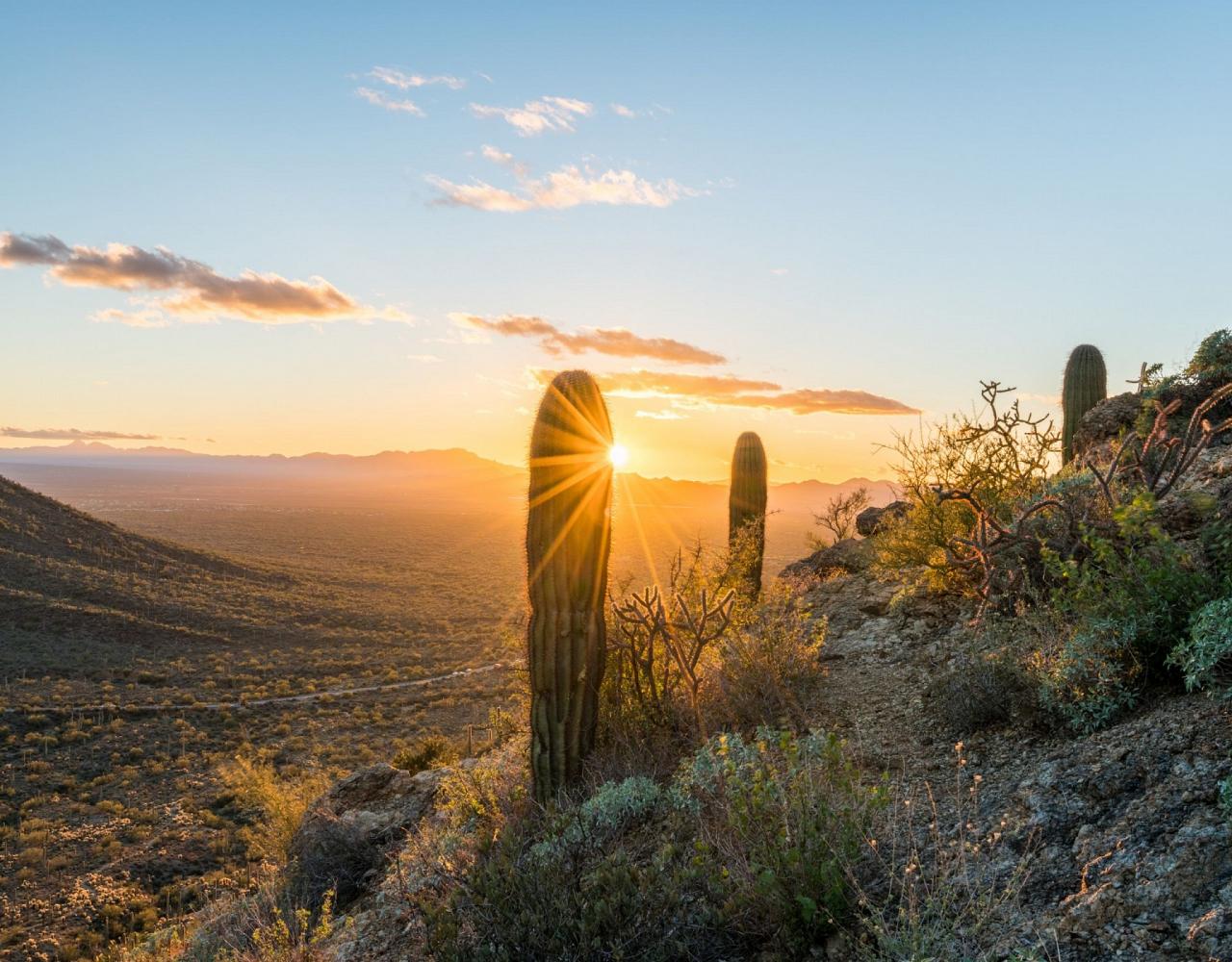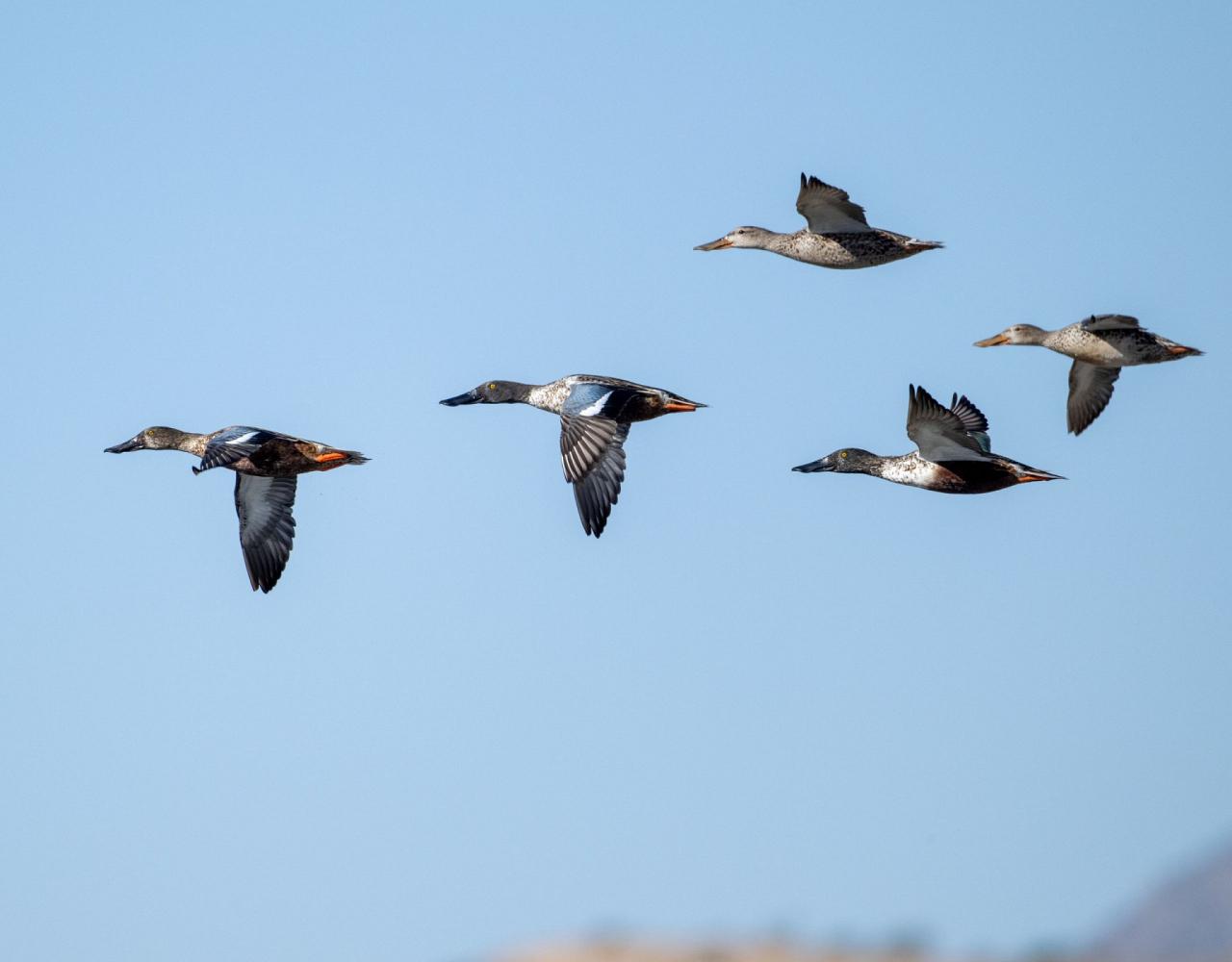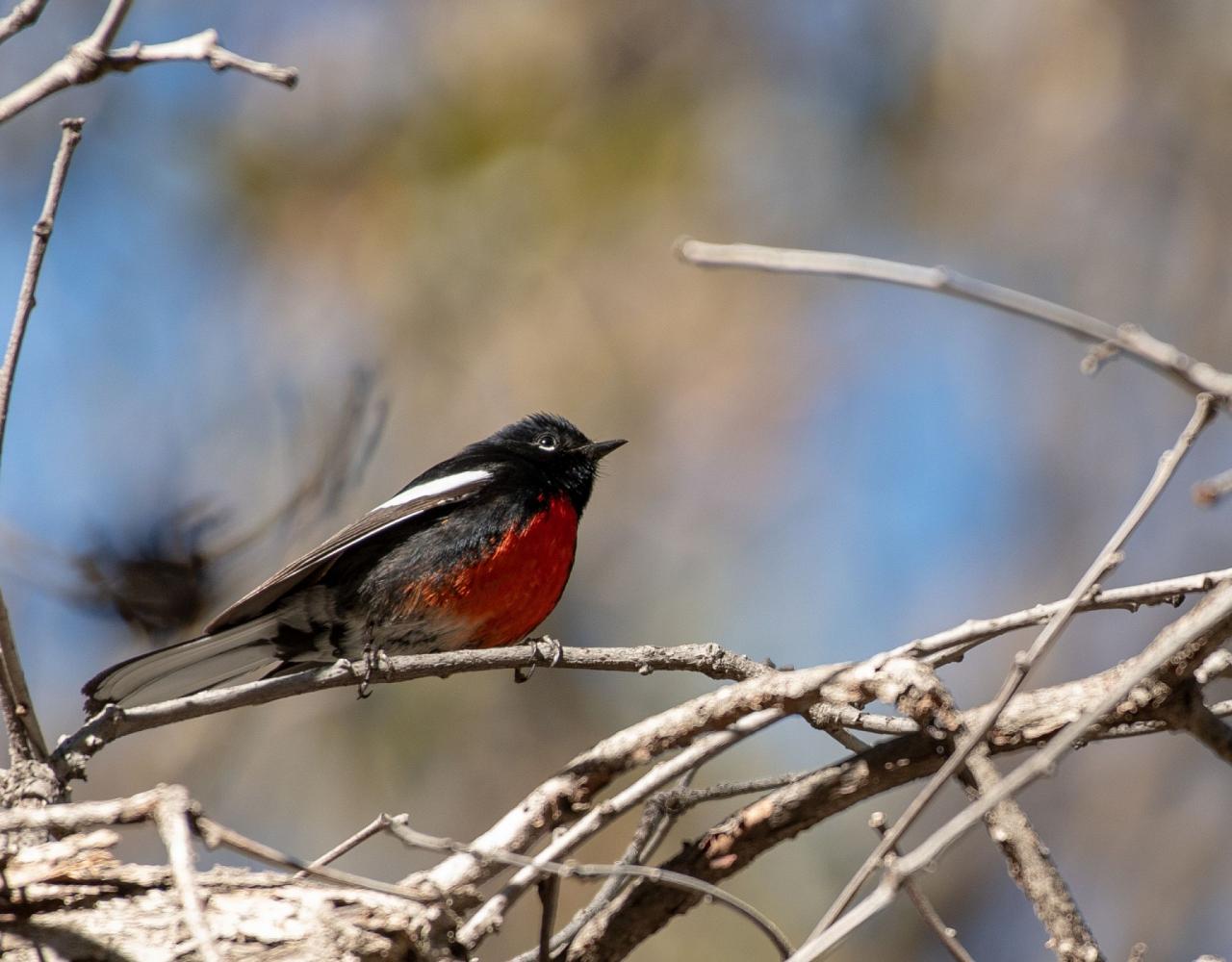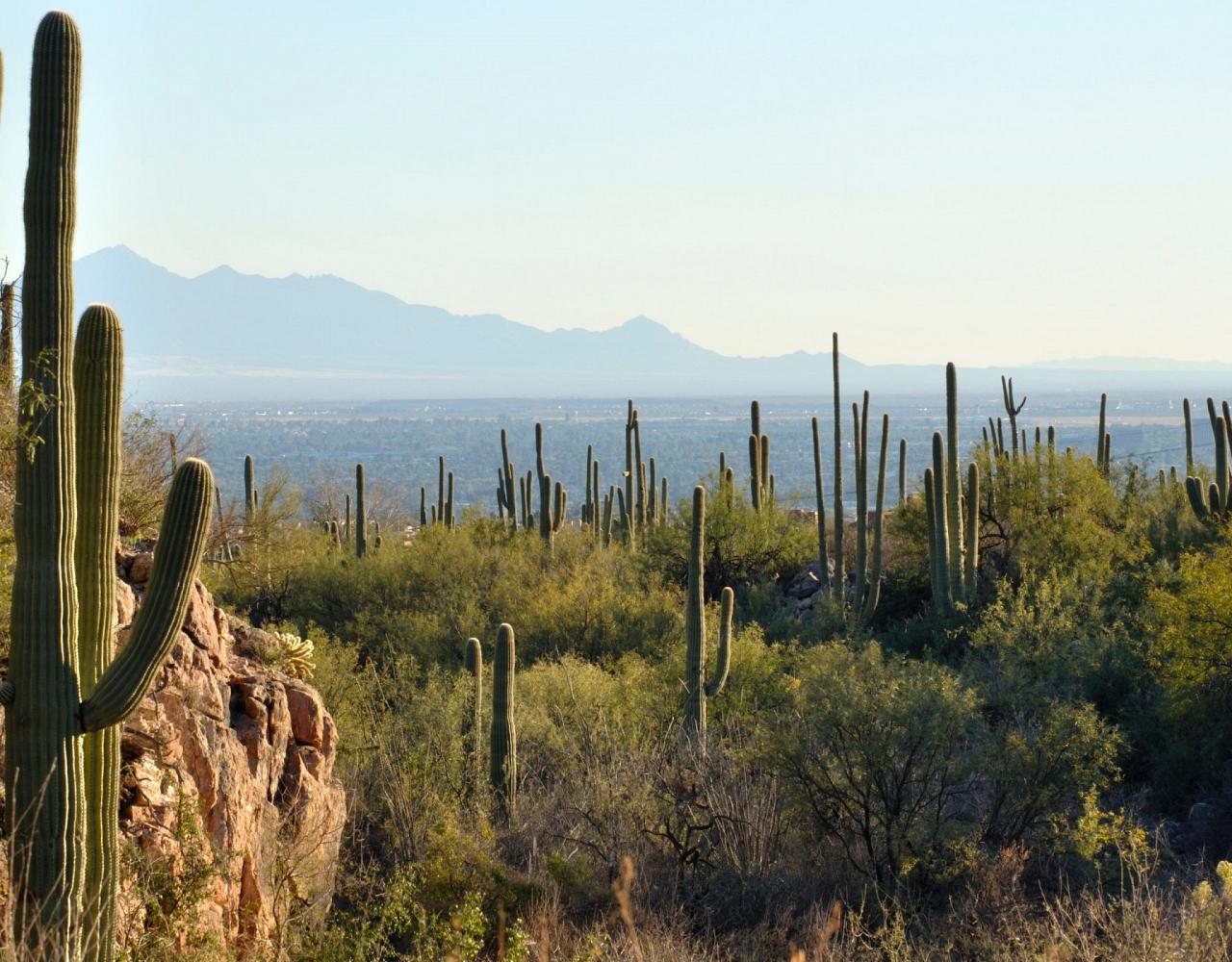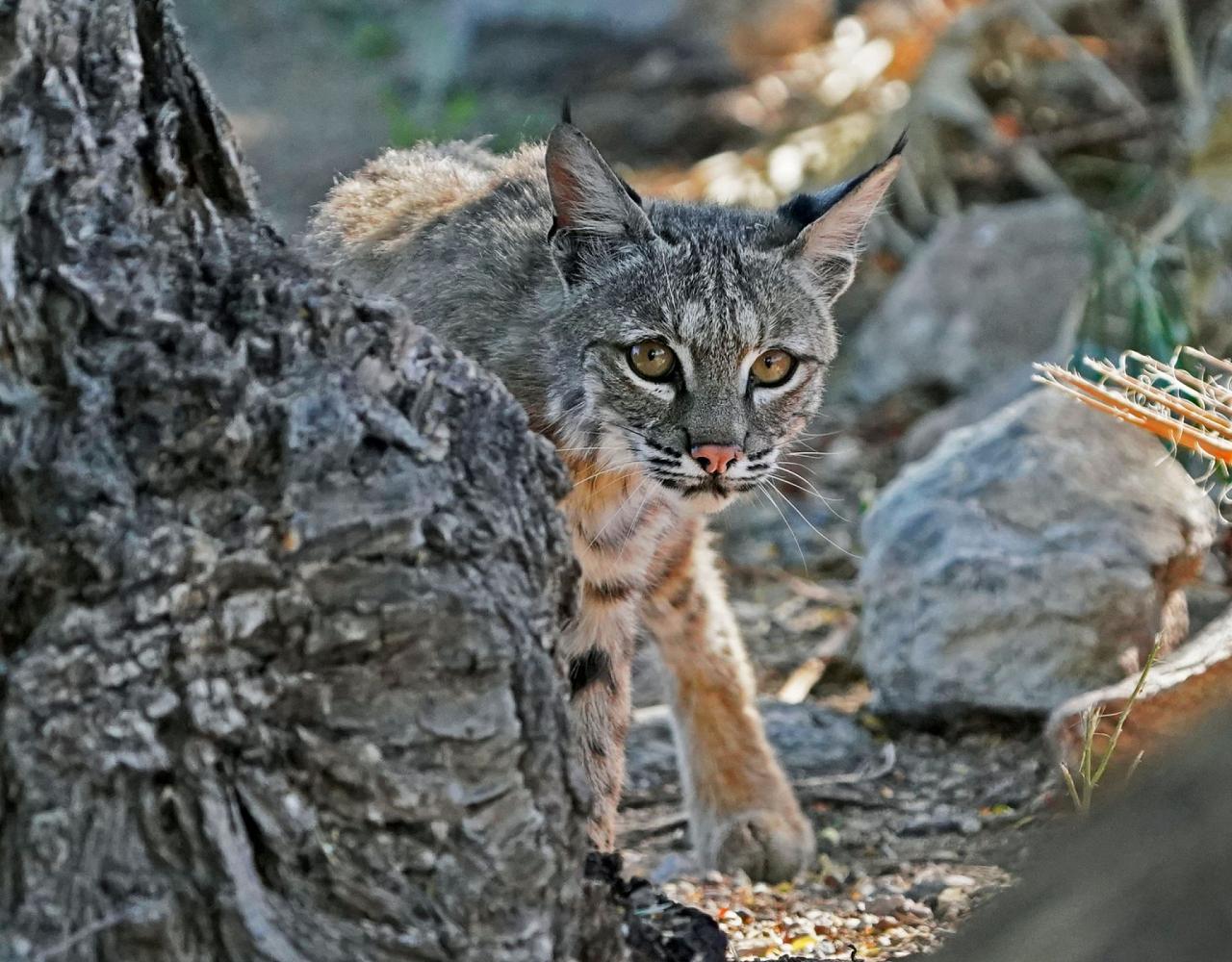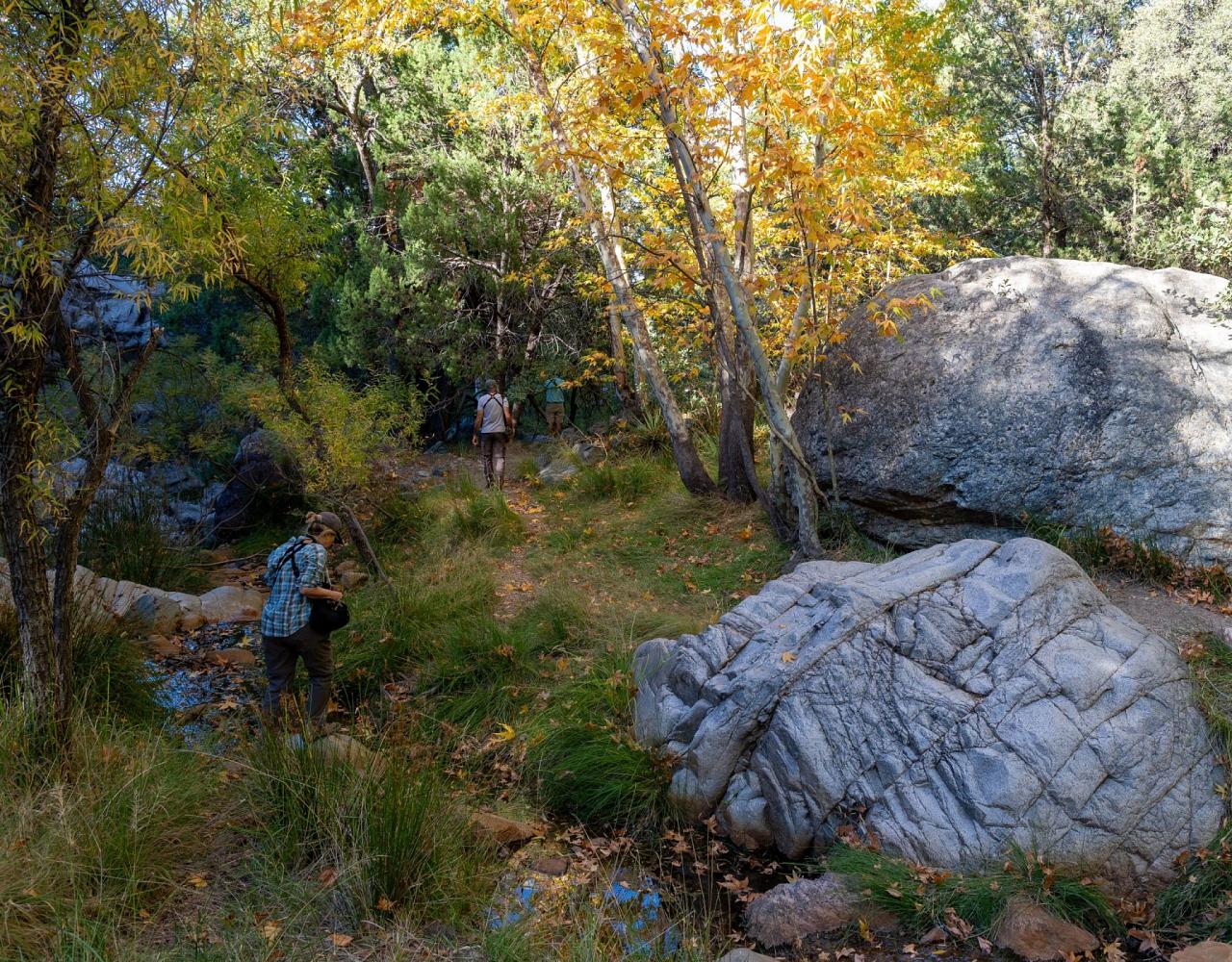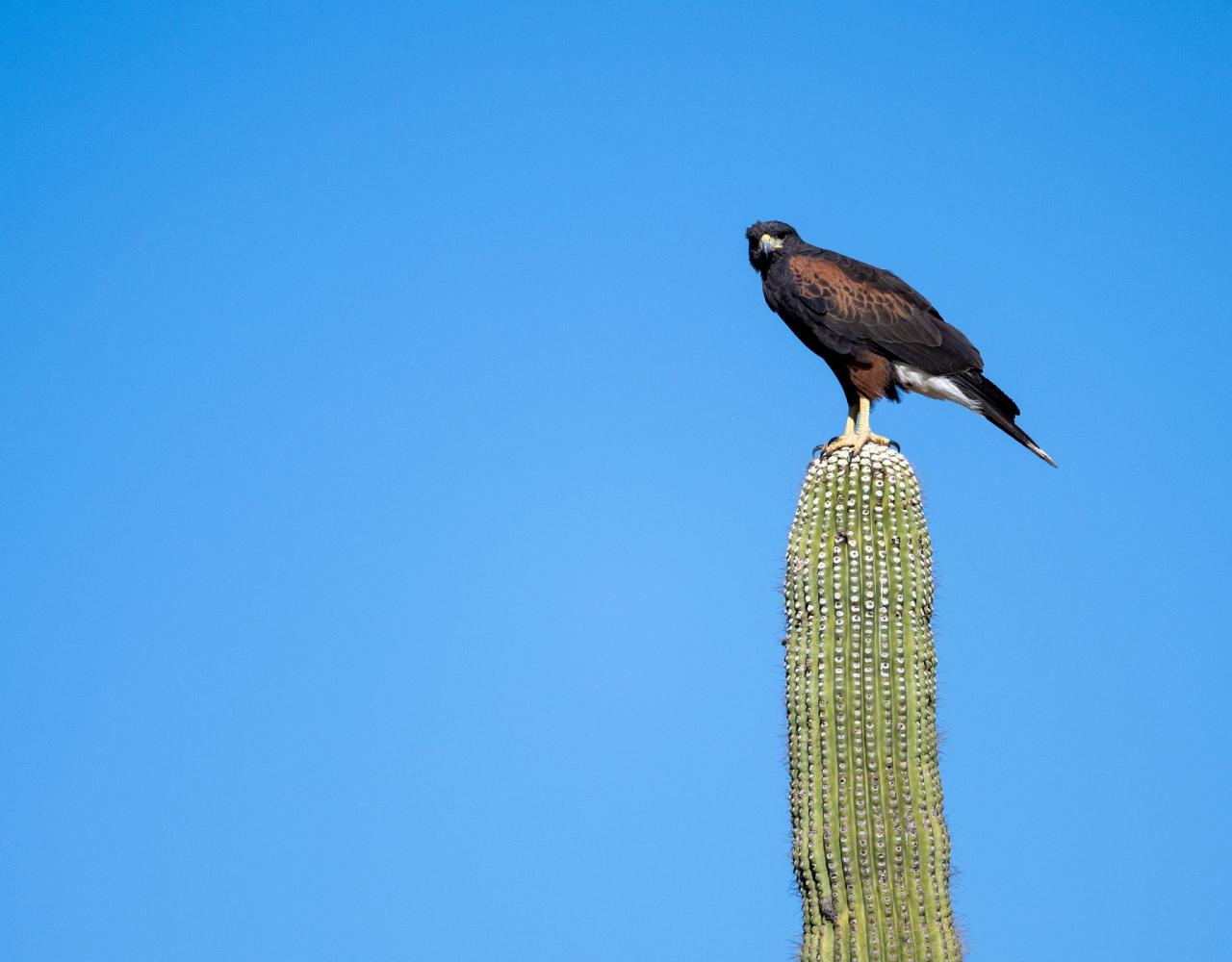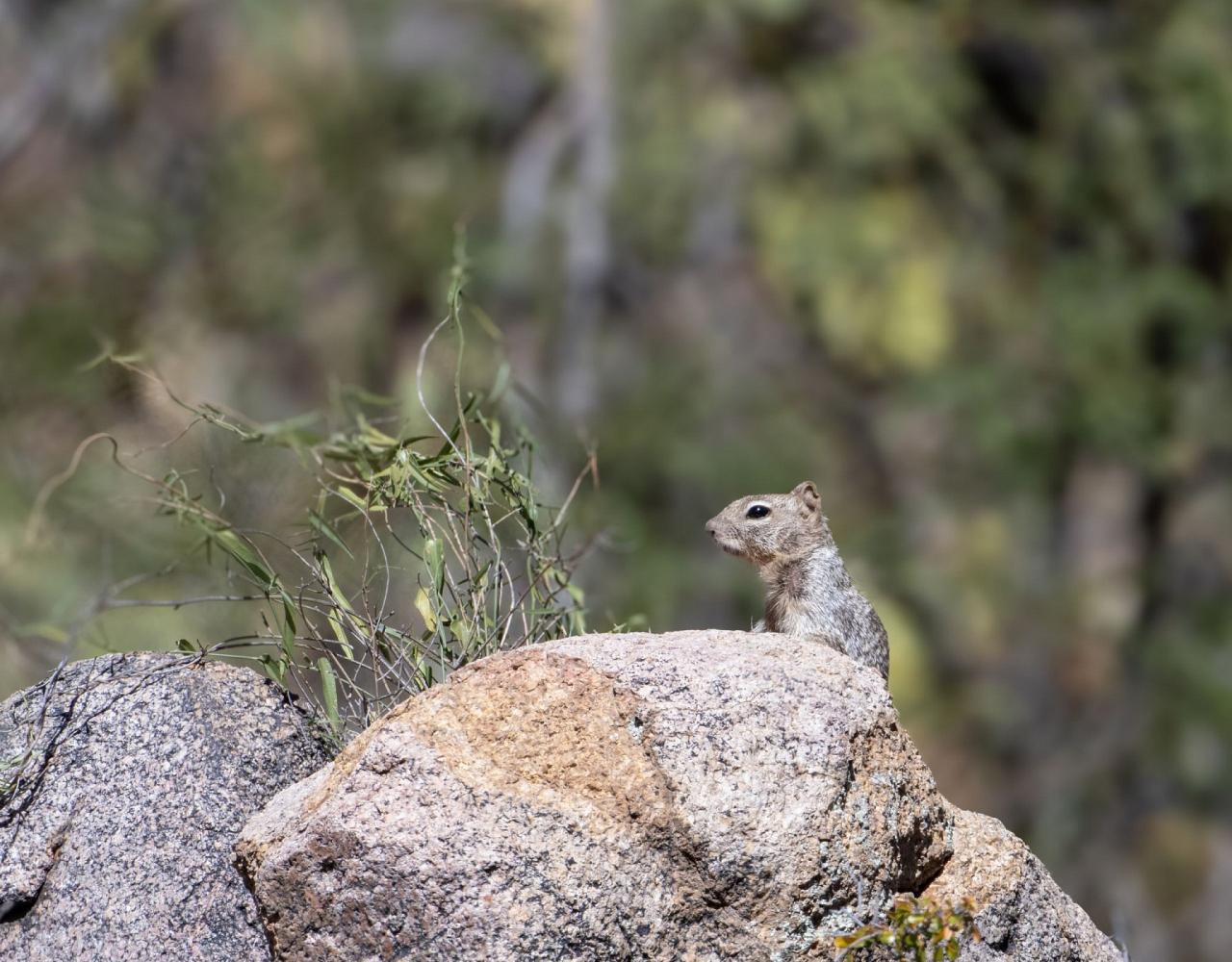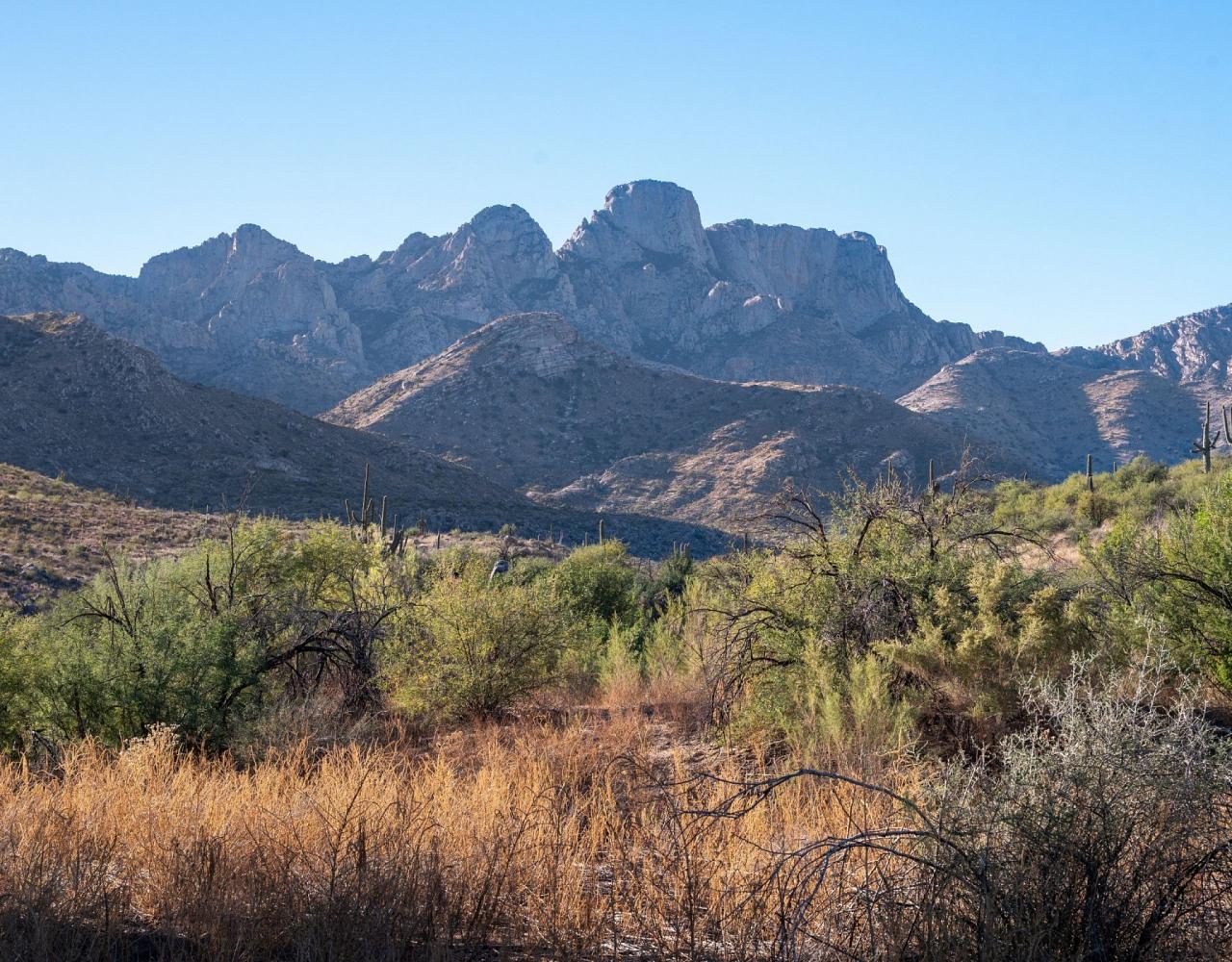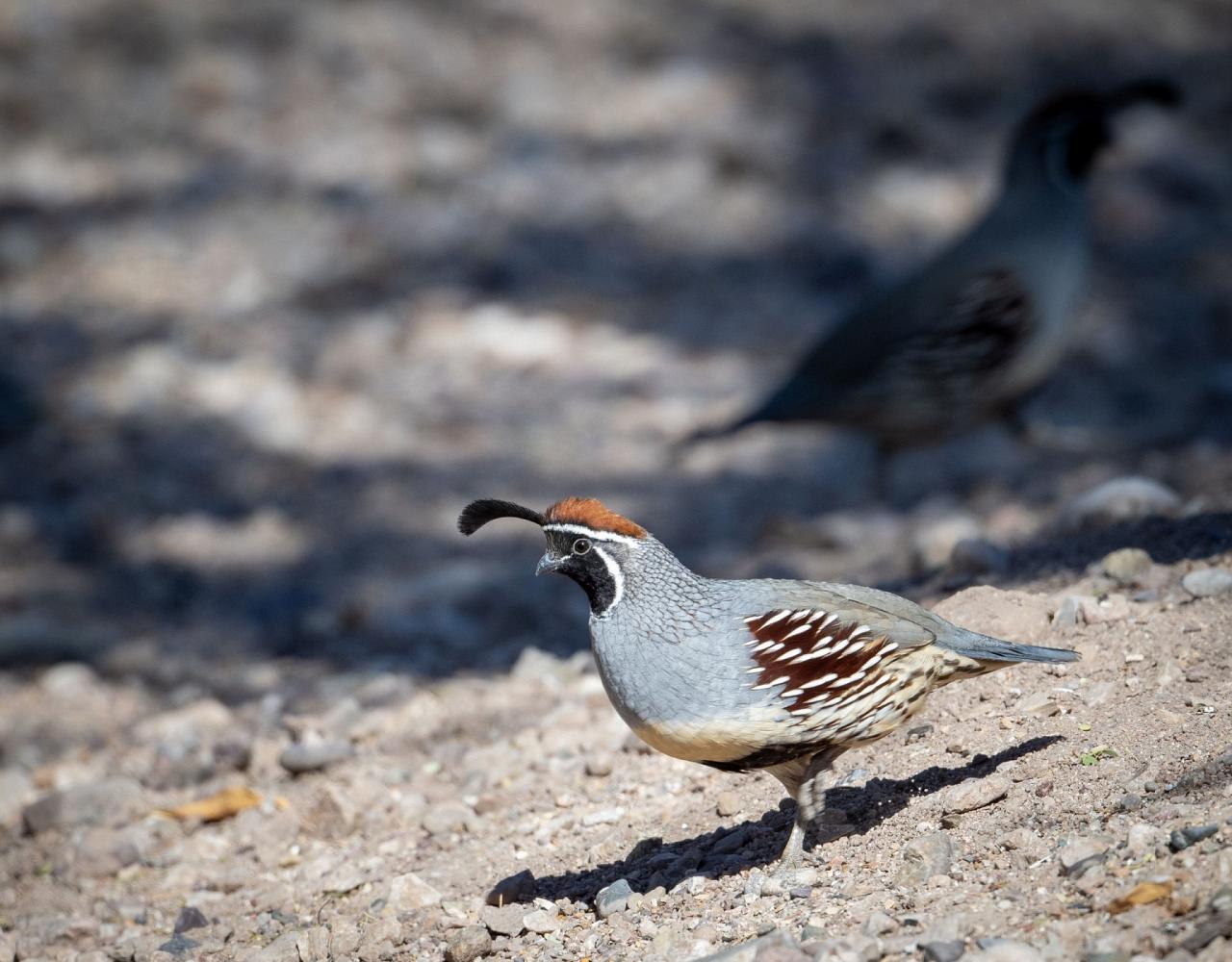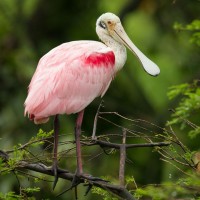- Overview
- Full Itinerary
- Photo Gallery
- Costing
- Travel Details
- Trip Reports
- Guides
- Know Before You Go
- Other Trips You May Like
Join Naturalist Journeys for a NEW! tour, timed perfectly for spring raptor migration in Arizona. This is a fun, short getaway that we think you’ll love!
The beginning of migration is in the air, and so are the raptors! The raptors are some of the first to start migrating through the Santa Cruz River Valley. This valley holds a lot of history as a travel route for early settlers as well as being a prime pathway for wildlife. The river originates in Arizona in the San Rafael Valley, flows south into Sonora, Mexico, then makes a U-turn, returning as a lush green corridor flowing north through Tucson eventually to the Gila River, a tributary of the Colorado. During the first two weeks of March, Arizona’s nesting raptors start flowing through.
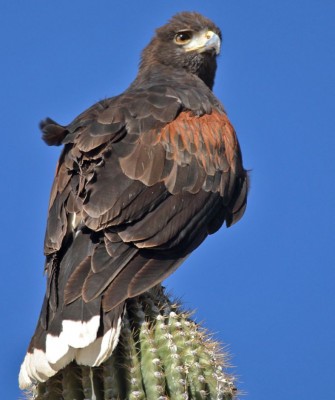
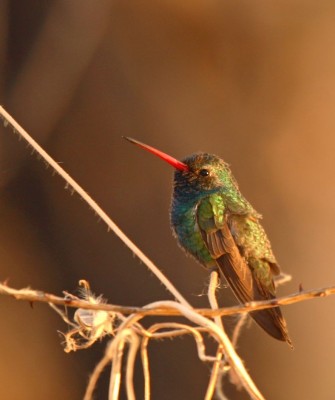
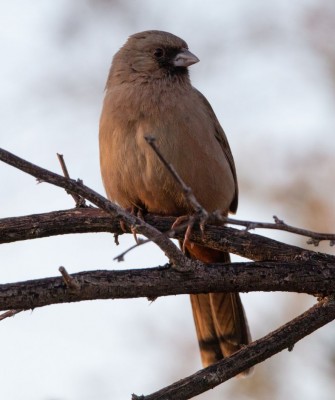
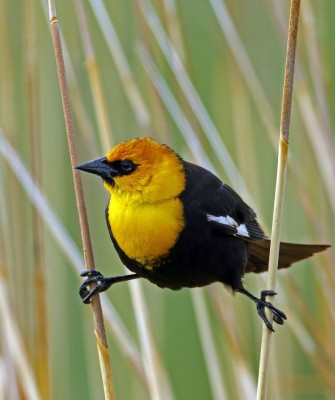
Tour Highlights
- Explore stunning Saguaro National Park, where, on quiet roads and trails through dramatic cactus forests, we seek out Harris’s Hawk, Prairie Falcon, Peregrine Falcon, Swainson’s Hawk, and possibly Ferruginous Hawk
- Learn about the geology and biodiversity of the saguaro desert while soaking in some southwestern sunshine
- Tally sightings of raptors, hummingbirds, wintering sparrows, and longspurs and desert mammals such as Javelina and Black-tailed Jackrabbit
- Dine in fun, local restaurants that feature a mix of borderland and bistro-style international cuisine
- Enjoy photography—our guides lend tips as we travel and site various birds and wildlife
- Spend three mornings at the Santa Cruz Hawkwatch, watching for Common Black Hawk, Zone-tailed Hawk, and Turkey and Black Vultures, and possibly even Golden Eagle
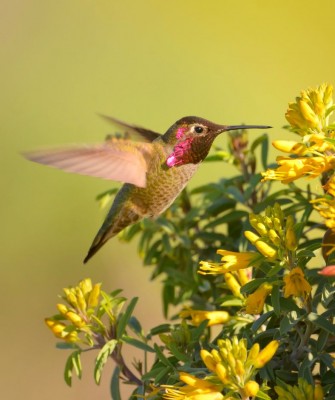
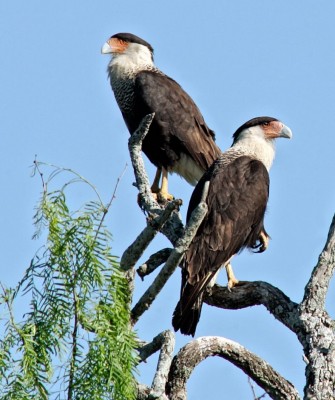
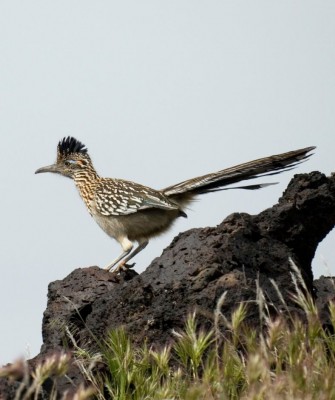
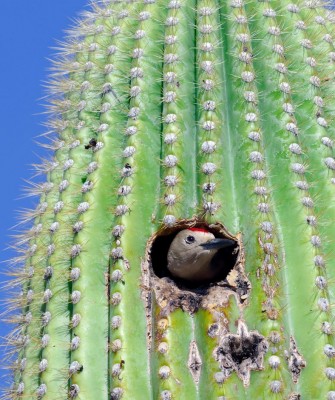
Trip Itinerary
Itineraries are guidelines; variations in itinerary may occur to account for weather, road conditions, closures, etc. and to maximize your experience.
Thurs., Mar. 13 Arrivals in Tucson | Sweetwater Wetlands
After a midday meetup at the Tucson airport, our birding begins with gusto at Sweetwater Wetlands, one of Tucson’s many birding hotspots, and a perfect start to an exciting tour. Harris’s Hawk rest in tall eucalyptus trees, Red-tailed Hawk patrol the dry river basin, and Cooper’s Hawk control the wetlands. Song Sparrow and Abert’s Towhee hide in thick stands of salt brush. Ducks float past cattails and willows as Red-winged, Yellow-headed, and Brewer’s Blackbird are on the wing. One year, we had a surprise glimpse of a Bobcat on the prowl! This wetland is a true treasure in the heart of Tucson and fourth on the list of hotspots with the most species in Arizona.
We cap the evening off with a delicious welcome dinner at the world famous El Charro Cafe. We’ve chosen a hotel with hacienda-style accommodations and a lot of southwestern charm. With a great location in central Tucson, we can get to several urban oases that are magnets for birds. Welcome to Arizona!
Accommodations at Lodge on the Desert (D)
Fri., Mar. 14 Saguaro National Park | Hawk Trail
Our first full day is spent among the tree-size columnar cacti of the Sonoran Desert, better known as Saguaros. Enjoy birding and exploring Saguaro National Park, a 90,000-acre wilderness preserve teeming with desert life. The park is home to Vermilion Flycatcher, Gilded Flicker, Gila Woodpecker, Rufous-winged and Black-throated Sparrows, Curve-billed Thrasher, and a host of other species. Greater Roadrunner may even zip past us chasing lizards! After a couple of short walks and an informative drive, we leave the park on its southern side. Watch the sky for Harris’s Hawk and even the occasional Crested Caracara.
After lunch in the park, we work our way north to the agriculture fields just north of Tucson. This is a favorite area for species such as Prairie Falcon, Peregrine Falcon, Swainson’s Hawk, and even the possibility of a holdover Ferruginous Hawk. The lower creosote desert habitat is also prime for thrasher viewing; sometimes upwards of 3 species of thrasher can be seen at once. Curve-billed, Bendire’s, and Sage Thrashers have all been found on the same stretch of road. Before leaving the agriculture fields, we also make one more stop at a Burrowing Owl colony. First established in 2021 as part of a statewide effort to protect Burrowing Owl habitats, it has been a very successful colony.
With spirits hopefully soaring high from our time with the owls, we return to our lodgings passing through another saguaro forest. This is prime habitat for Harris’s Hawk. This large stand of saguaros north of Tucson is a local favorite for driving and looking for these unique raptors. It can be a prime area for photographers looking to get that special picture of a hawk perched on a giant saguaro. This is a last chance to pick up some other desert species we may have missed, including Cactus Wren, Black-tailed Gnatcatcher, and Pyrrhuloxia.
Dinner is again at a local favorite restaurant near the hotel.
Accommodations at Lodge on the Desert (B,L,D)
Sat., Mar. 15 Tubac Hawk Watch | Santa Cruz River
Today is an exciting day! This is our first of three mornings at the International Hawkwatch’s Tubac Hawk Watch. We have an early start in Tucson so we can make it down to Tubac before the first liftoffs of the morning. We don’t want to miss the possible steady stream of Common Black Hawks. The Common Black Hawk is generally scarce, and can be hard to find since it lives along riparian corridors and spends much of its time perched, soaring briefly only in the mornings. Arizona is the best place in the U.S. to see this summer visitor from the tropics. Along with the Common Black Hawk, we also keep our eyes peeled for Zone-tailed Hawk and Turkey and Black Vultures.
The morning also affords us time at the International Hawkwatch Festival to take in the booths set up and attend any guest speakers that might align with our time there. After the morning at hawk watch, we have a refreshing lunch in the artistic town of Tubac. We then check into our nicely-appointed country club lodging with a little downtime before heading out for an early evening walk along the Santa Cruz River. This is one of the best habitats for Gray Hawk and we often find them perched in the giant Arizona Sycamores lining the river. Here, we also look out for Green Kingfisher, the first early arrivals of Lucy’s Warbler, Bell’s Vireo, and Northern Beardless-Tyrannulet.
Dinner tonight is in Tubac at the most excentrically decorated Elvira’s restaurant.
Accommodations at Tubac Resort (B,L,D)
Sun., Mar. 16 Tubac Hawk Watch | Santa Rita Canyons
Sunday marks day two of hawk watching. We return this morning after breakfast, in time for the show. There is something special about sitting at the local park with dozens of like-minded birders all looking upward, hoping to catch a glimpse of the first raptor of the morning. Today give us plenty of time to view the mimicry of the Zone-tailed Hawk and Turkey Vulture, as well as the Common Black Hawk, along with the Black Vulture it is mimicking. The hawk watch averages about 200 Common Black Hawks passing by in the month of March so we should have plenty of chances to study them.
After a tasty lunch in Tubac, we make our way to the canyons of the Santa Rita Mountains. This is one of the most diverse Sky Islands in Arizona. Comprising some of the most bird-diverse canyons in the US, we have a variety of options to explore the range and its many treasures. Hummingbirds abound at Santa Rita Lodge, and they have just started making their migration north. The upper portions of Madera Canyon have been a known area for breeding Goshawks. The foothills of the Santa Rita Mountains are also a place we want to keep an eagle eye out for spotting … Golden Eagle! It's hard to beat a soaring Golden Eagle with a 10,000-foot peak in the background. Other species we search for could be early season Elegant Trogon, Crissal Thrasher, and Arizona Woodpecker.
After an early evening in the canyons, we head back to the Tubac Resort with time to freshen up before our final dinner. We enjoy a celebratory dinner and a sunset show at the Tubac Stables Ranch Grill on the property of our hotel.
Accommodations at Tubac Resort (B,L,D)
Mon., Mar. 17 Tubac Hawk Watch | Departures
Today marks our third and final morning at the hawk watch. After breakfast we spend a few hours in the morning watching our last liftoff of the trip before departing for the airport. It’s a bittersweet day after enjoying three mornings of hawk migration, as we, like them, make our way north to the airport. (B)
Cost of the Journey
Cost of the Journey is per person, based on occupancy: $2290 DBL / $3270 SGL, from Tucson, AZ. The tour price includes airport transfers, 4 nights’ accommodation, ground transportation in vans, professional guide services, park and other entrance fees, and miscellaneous program expenses. The tour price does not include round-trip airfare to and from Tucson, personal expenses such as laundry, telephone, drinks from the bar, and gratuities for luggage handling or other services. Guide gratuities are at your discretion.
Travel Details
Please plan to make air travel plans only after the minimum group size has been met. We will send you a confirmation email as soon as the trip has been confirmed.
Arrival and Departure Airport: Tucson International Airport (TUS)
Arrival Details: Please plan to arrive March 13, 2025 no later than 1:00 PM
Departure Details: Please plan March 17, 2025 flights to leave after 12:00 PM. We plan to arrive at the Tucson International Airport (TUS) by 10:30 AM. If you wish to extend your stay in Tucson, we have listed hotel recommendations below or plan accordingly on your own.
Travel Tip: If you want to arrive a day or two early or stay on after the tour, Tucson is a great city to explore. The world-renowned Arizona-Sonora Desert Museum is a fun place to spend part of a day with a zoo, natural history museum, and botanical gardens all in one location. Tohono Chul Botanical Gardens offers easy nature trails through a variety of gardens and Saguaro National Park is a great place to visit for scenery, hiking, and to see the iconic saguaro cactus. The downtown area, which is close to the University of Arizona campus, offers many restaurants and shops. Downtown Tucson is about 8 miles from the airport and can be reached by a taxi, Uber/Lyft, or renting a car. You will need to return to the airport by 1 PM on March 13 if you are not staying at an airport hotel.
Hotel Recommendations: If you want to relax and stay near the airport after arrival (we can pick you up at these hotels), we recommend: La Quinta Inn Tucson Airport (520) 573-3333 Courtyard by Marriott Tucson Airport (520) 573-0000 Does staying downtown and exploring the many shops and restaurants sound interesting? We would recommend: Home 2 Suites by Hilton (520) 274-7400 The Leo Kent Hotel by Marriott (520) 549-5330 If you have a rental vehicle and plan on visiting Tohono Chul, a great hotel in that area is La Posada. There are many restaurants in this area as well. La Posada Lodge & Casitas (520) 492-6637.
Items of Note
Tour Notes & Pace
PACE: Moderate, with full days of birding and walks on quiet roads and trails. A typical walk is less than two miles and often we have a series of walks at different spots that are a half-mile each, several times a day. DINING: Casual, a mix of local restaurants and both restaurant and picnic lunches.
Browse below for trip reports and species lists from past versions of this and other tours from this destination.
Arizona
- May 2012
- March 2016
- January 2019
- November 2019
- January 2020
- May 2021
- November 2021
- January 2022
- February 2022
- May 2022
- November 2022
- January 2023
- February 2023 (Sweetheart Birding)
- February 2023
- May 2023
- February 2024
- April 2024
- May 2024
- November 2024
- January 2025
Monsoon Madness
- August 2012
- August 2014
- August 2016
- August 2017
- August 2018
- August 2019
- July 2021
- August 2021
- July 2022
- August 2022
- August 2023
- August 2024
Sunshine & Saguaros
- November 2023
- January 2024
- November 2024
-
Vernie Aikins

Vernie fell in love with birding in Southern Arizona in 2011 through his love of photography, starting out with just a camera and guide book. He started guiding in 2021 with his wife’s non-profit S.A.A.W.R. and the Tucson Audubon leading bird outings for people with disabilities. Though Vernie is primarily the Office Administrator at Naturalist Journeys, he does get the chance to guide from time to time. His excitement in seeing a Turkey Vulture (his favorite bird) for the 50th time or a lifer is contagious, and he has a true passion for helping others find, identify, and enjoy birds. As an avid mountain biker, he also started a non-profit focusing on trail maintenance and reopening trails after the devastating fires in the Catalina Mountains in 2003, overseeing thousands of hours of volunteer trail work. His favorite place to be is in Southern Arizona exploring along the Santa Cruz River or high up in one of the Sky Islands.
Other trips with Vernie Aikins
-
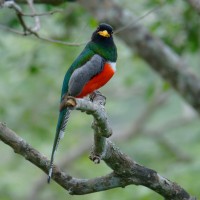 Arizona Monsoon Madness: Birding & Nature in a Season of Wonder!August 17 - 24, 2025
Arizona Monsoon Madness: Birding & Nature in a Season of Wonder!August 17 - 24, 2025 -
 Veracruz, Mexico: River of Raptors & MoreOctober 16 - 27, 2025
Veracruz, Mexico: River of Raptors & MoreOctober 16 - 27, 2025 -
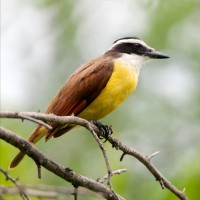 South Texas Birding & NatureNovember 10 - 18, 2025
South Texas Birding & NatureNovember 10 - 18, 2025 -
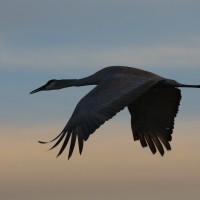 New Mexico: Winter Birds & Grand LandscapesJanuary 18 - 26, 2026
New Mexico: Winter Birds & Grand LandscapesJanuary 18 - 26, 2026 -
 Birds & Mammals of Ecuador's Andes Conservation in Action: Sachatamia, Napo Wildlife Center & Termas de PapallactaMarch 5 - 18, 2026
Birds & Mammals of Ecuador's Andes Conservation in Action: Sachatamia, Napo Wildlife Center & Termas de PapallactaMarch 5 - 18, 2026 -
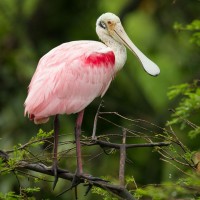 Louisiana: Birds, Bayous & BeignetsApril 16 - 22, 2026
Louisiana: Birds, Bayous & BeignetsApril 16 - 22, 2026
-
-
Troy Corman

Troy has been an avid birder since high school. Raised in rural south-central Pennsylvania, he moved to Arizona in 1980 to pursue higher education and new adventures. For several years he conducted wildlife inventories on the upper San Pedro River for the Bureau of Land Management. He has worked for the nongame Branch of the Arizona Game and Fish Department since 1990, conducting surveys and coordinating projects for species of concern. He coordinated the Arizona Breeding Bird Atlas project from its inception. His passion for birds has taken him as far away as Peru and East Africa, and he plans to increase his world travels.
Photo credit: Hugh Simmons
Other trips with Troy Corman
-
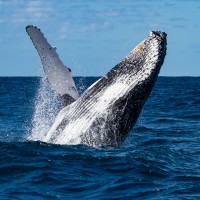 Southern California: Fall Coastal BirdingSeptember 28 - October 5, 2025
Southern California: Fall Coastal BirdingSeptember 28 - October 5, 2025 -
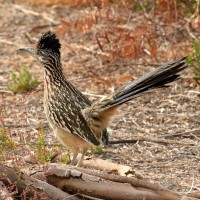 Arizona: Sunshine & SaguarosNovember 10 - 16, 2025
Arizona: Sunshine & SaguarosNovember 10 - 16, 2025 -
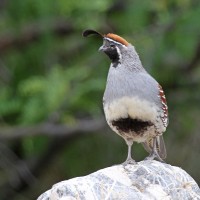 Arizona: Sky Island Winter Birding BlitzJanuary 17 - 23, 2026
Arizona: Sky Island Winter Birding BlitzJanuary 17 - 23, 2026
-
Essential Information +
Packing List +
Suggested Reading List +
Useful Links +
Photo credits: Banners: Tucson Mountain State Park Scenic (NJ Stock), Loggerhead Shrike (NJ Stock), Desert Flowers (NJ Stock), Tucson Scenic (Steve Wolfe), Acorn Woodpecker (Hugh Simmons) Thumbnails: Harris’ Hawk (Steve Wolfe), Broad-billed Hummingbird (NJ Stock), Albert’s Towhee (NJ Stock), Yellow-headed Blackbird (NJ Stock), Anna’s Hummingbird (NJ Stock), Crested Caracara (NJ Stock), Greater Roadrunner (NJ Stock), Gila Woodpecker (NJ Stock)







